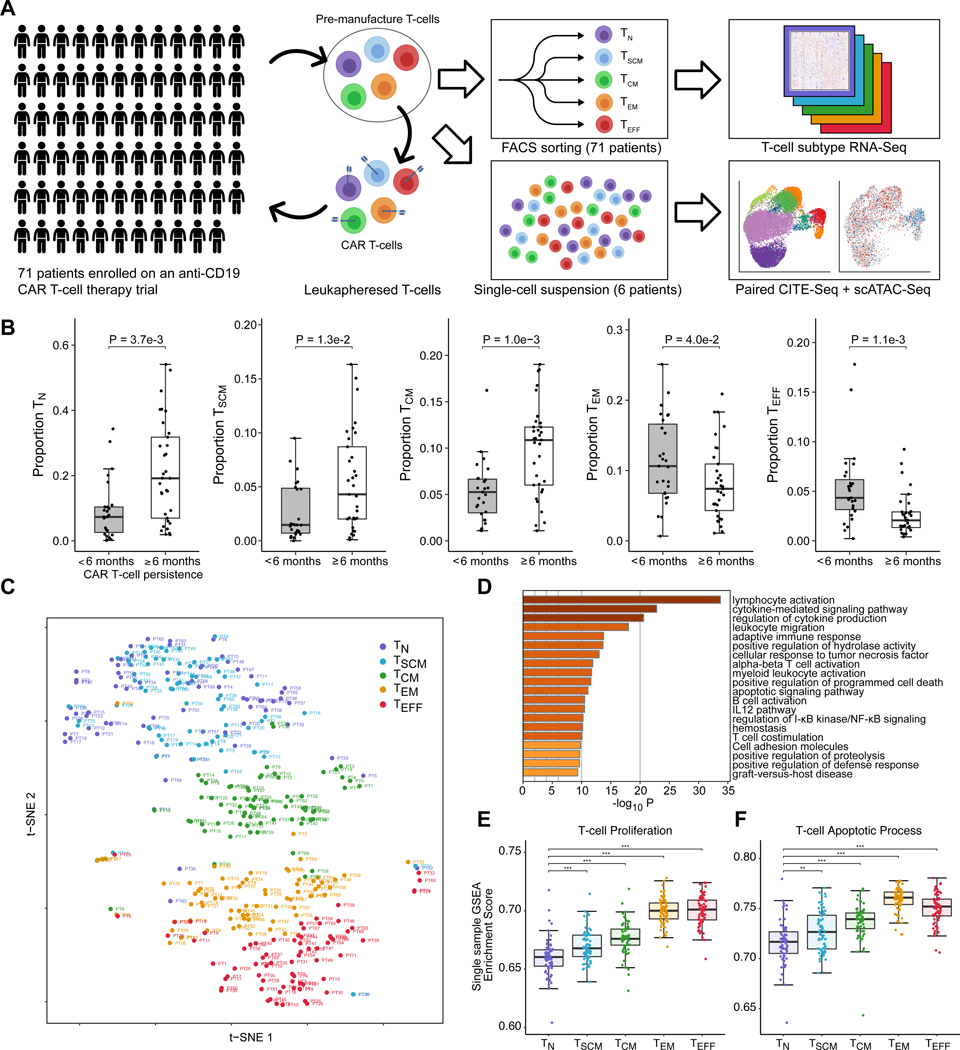Figure 1. A transcriptome atlas of pre-manufacture T-cells among children and young adults enrolled to receive anti-CD19 CAR T-cell therapy.
(A) T-cells from 71 patients were collected at time of clinical leukapheresis and sorted into five T-cell subsets: Naive (TN), Stem Cell Memory (TSCM), Central Memory (TCM), Effector Memory (TEM), and Effector (TEFF). All 355 T-cell populations underwent RNA-Sequencing. For 6 of these patients, paired CITE-Seq and single-cell ATAC-Seq was performed. (B) Association between proportion of TN, TSCM, TCM, TEM and TEFF at time of leukapheresis with long-term CAR T-cell persistence, assessed by duration of B-cell Aplasia (BCA). Pairwise statistical significance was assessed using the Wilcoxon rank-sum test, and multiple testing correction was performed using the Benjamini-Hochberg procedure. (C) t-distributed stochastic neighbor embedding (t-SNE) plot of transcriptome data, capturing the functional continuum from naive, memory, and effector T-cell lineages. (D) Enriched pathways among differentially expressed genes from comparison of T-cell subsets (ANOVA F-test FDR < 0.05, top 500 genes). (E) Single-sample Gene Set Enrichment Analysis scores of T-cell proliferation and (F) apoptotic pathways across T-cell subsets. Statistical significance for pairwise comparisons was performed with Welch’s t-test.

